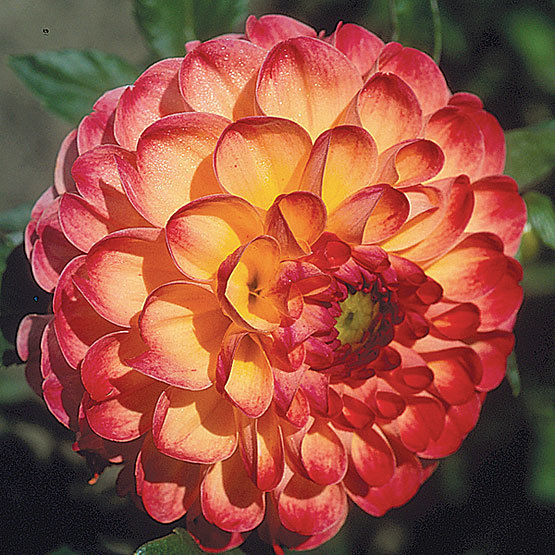
Dahlia are easy-to-grow, tuberous-rooted, often bushy perennial with flowers from midsummer to first frost. They have straight stems and attractive, feathery, toothed, mid- to dark green leaves. Distinctive flowers come in a variety of forms, colors, and patterns. Cultivars are classified according to bloom size and petal formation.
Noteworthy CharacteristicsGarden dahlias are descendants of D. pinnata and D. coccinea , species native to Mexico and Central America. Leaves are pinnate, sometimes pinnatifid to pinnatisect, divided into oval leaflets with toothed margins and rounder tips. Use in massed plantings, edging a border, or in containers. A great cut flower.
CareGrow in rich, well-drained soil in full sun, and with regular moisture. Apply a high-nitrogen liquid fertilizer weekly in early summer, then a high-potassium liquid fertilizer weekly from midsummer to early autumn.
PropagationUsually by division. Can also be grown from seed and from rooted cuttings.
ProblemsStem borers, caterpillars, earwigs, cucumber beetles, capsid bugs, flower thrips, planthoppers, cutworms, slugs, snails, spider mites, and aphids may be troublesome. Powdery mildew, impatiens necrotic spot, dahlia mosaic viruses, smut, fungal leaf spots, soft rot, crown gall, blossom blights, and tomato spotted wilt virus can cause damage as well.































